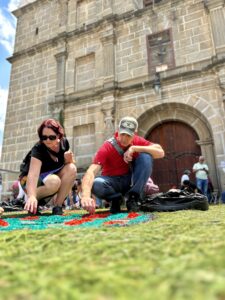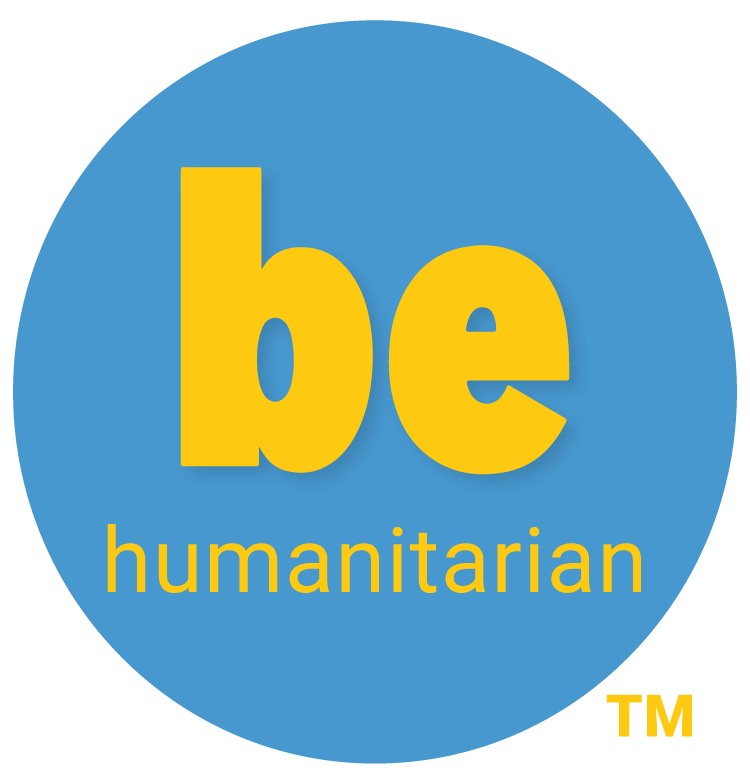As the vibrant colors of Guatemala’s landscapes blend with the rich tapestry of its cultural heritage, Holy Week emerges as a poignant chapter in the country’s narrative. Steeped in tradition and marked by profound religious significance, this weeklong commemoration is a deeply rooted expression of faith and compassion. At Be Humanitarian, we recognize the importance of understanding and appreciating diverse cultures, and in this blog post, we embark on a journey to explore the unique and captivating celebration of Holy Week in Guatemala.
The Essence of Holy Week:
Holy Week, or “Semana Santa” in Spanish, is a sacred time for Guatemalans, marked by a series of religious processions, ceremonies, and rituals that commemorate the Passion, Death, and Resurrection of Jesus Christ. While the observance of Holy Week is a global phenomenon, Guatemala’s rendition is distinctive, combining indigenous Mayan traditions with Catholic rituals brought by Spanish colonizers.
At Be Humanitarian, we celebrate the diversity of cultural expressions and the ways in which communities come together during this sacred time to reflect on their spirituality and engage in acts of compassion.
Antigua – The Epicenter of Holy Week:
Nestled against the backdrop of volcanoes, the colonial city of Antigua serves as the epicenter of Holy Week celebrations in Guatemala. Pilgrims and tourists alike flock to this UNESCO World Heritage site to witness the elaborate processions and immerse themselves in the unique blend of religious fervor and cultural splendor.

Processions as a Form of Devotion:
The heart of Holy Week lies in the intricate processions that wind through the cobbled streets of Antigua. Gigantic floats, or “andas,” adorned with intricate floral arrangements and religious statues, are carried by devoted participants through the city. The rhythmic sounds of drums and mournful brass instruments create a solemn atmosphere, transporting onlookers to a realm where the sacred and the earthly converge.

Carrying the Weight – A Symbolic Act of Sacrifice:
One of the most poignant aspects of Holy Week in Guatemala is the act of “cucuruchos” carrying the heavy floats on their shoulders. These individuals, often dressed in purple robes, represent a profound metaphor for the burdens and sacrifices of life. The physical strain endured during the processions serves as a tangible expression of devotion and a willingness to share in the suffering of Christ.
Alfombras: The Artistry of Devotion:
A unique and visually stunning element of Holy Week in Guatemala is the creation of “alfombras” or carpets. Intricately designed using colored sawdust, flowers, and pine needles, these temporary artworks line the streets, forming a vibrant path for the processions to traverse. The ephemeral nature of these carpets underscores the transient beauty of life and the importance of embracing the present moment.

Cultural Fusion: Mayan Traditions and Catholicism:
Guatemala’s Holy Week is a testament to the harmonious fusion of Mayan traditions and Catholicism. Indigenous rituals, such as the burning of incense and the use of traditional textiles, seamlessly intertwine with Catholic ceremonies, creating a syncretic celebration that reflects the country’s diverse cultural identity.
Compassion in Action – Acts of Service and Solidarity:
Beyond the grandeur of processions and artistic displays, Holy Week in Guatemala is also a time for acts of compassion and community service. Many local organizations and individuals engage in humanitarian efforts, providing support to those in need. In the heart of Guatemala, Holy Week unfolds as a multidimensional celebration of faith, culture, and compassion. As we reflect on the vibrant tapestry of Holy Week, may we be inspired to carry the spirit of humanity forward, weaving threads of understanding and empathy across borders and cultures.

